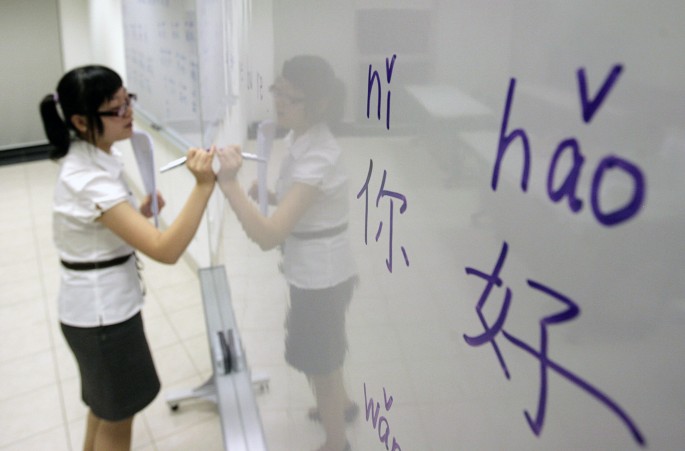The Chinese language has been spreading widely to neighboring countries in Southeast Asia. With China soon becoming the largest economy in the world, locals are also showing increased interest in learning the Chinese language.
Most Southeast Asians are interested in learning the Chinese language and culture because of the advantage it gives for future employment. For locals, however, the reason for studying Chinese is that they have Chinese blood.
The Chinese language, a recognized minority language in Malaysia, has been a popular foreign subject besides English in the past years. The rise in Chinese language learners has also opened the opportunity for Chinese people to teach the language to locals in high-demand countries like Indonesia and Thailand.
Yang Maolong, 26, is a Chinese teacher in Yogyakarta, Indonesia. He never imagined teaching his country's culture and language to other countries. Yang was amazed by the enthusiasm of the locals aged 5 to 50 to learn about China.
"I am now working at a private language training institution. My students are aged from 5 to 50, and they all share a great passion for learning Chinese and culture," Yang shared.
According to Yang, majoring in Chinese at Taiyuan Normal University in Northern China with a training course in teaching the language and culture makes him a credible teacher. He currently earns around 5,000 yuan ($850) monthly and dreams of building a language school with his friends.
Southeast Asian countries like Indonesia and Thailand need 100,000 to 200,000 Chinese language teachers, according to Zhu Xuefeng, president of Jingshihuanyu, a Chinese language teacher training and labor export company in Beijing.
With China's strong ties with Southeast Asian countries, learning and understanding how to communicate is an advantage especially with those who are in business.
To cope with the demand for Chinese language teachers, Hanban, a public organization affiliated with the Ministry of Education, launched the Volunteer Chinese Teacher Program in 2004. As of 2012, the program has sent over 18,000 volunteers worldwide to teach the Chinese language.



























